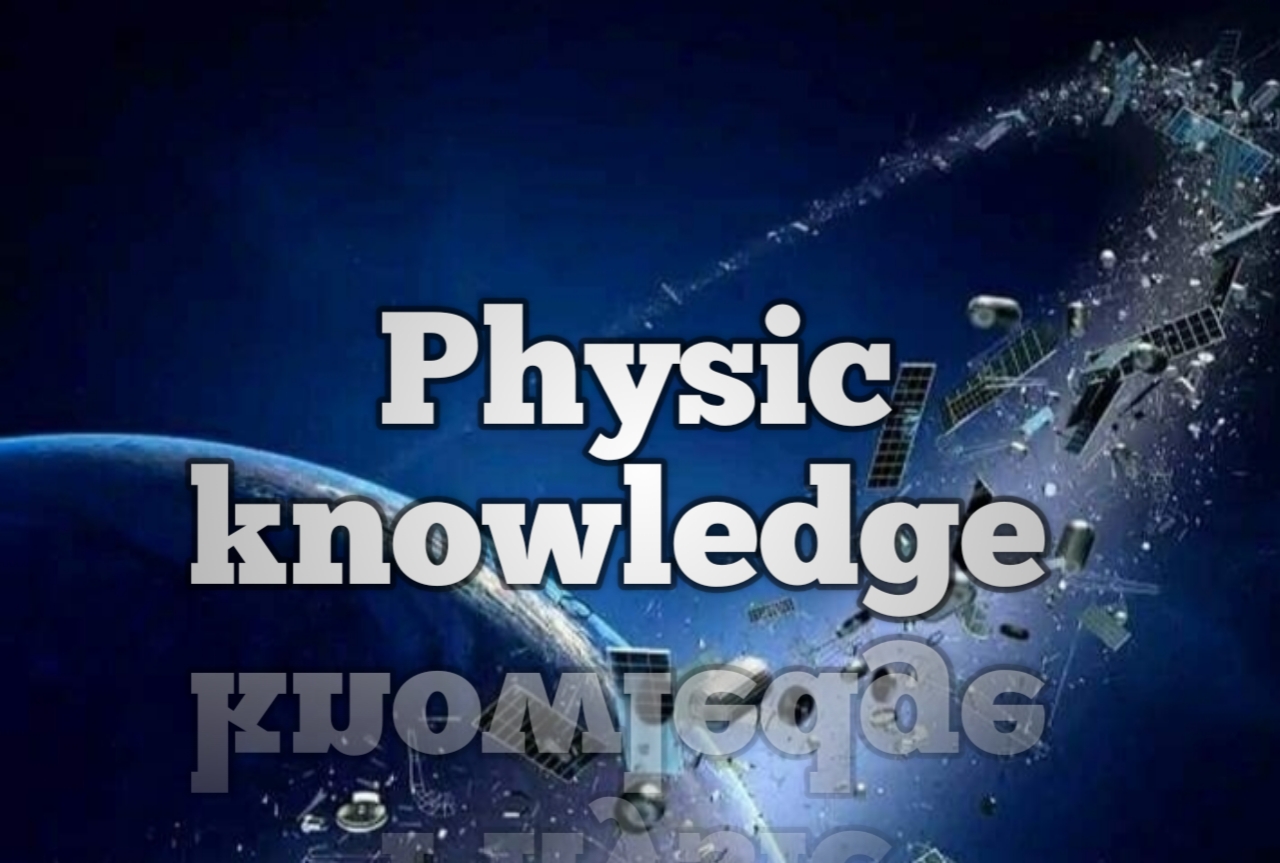Introduction
Quantum mechanics is also known as quantum physics, quantum theory, and wave mechanics model. It describes nature of the smallest scale of atoms and subatomic atoms.
Difference Between Classical and Quantum Mechanics
Classical Mechanics
In Classical physics light is a wave. A point particle do not spin or angular motion .It could not explain the atomic domain. e.g; How ion release energy, inner shell transition, electron collision. It could not explain the hydrogen spectra. This theory was not able to explain the stability of atoms. e.g; fall in the nucleus by releasing energy continously. The range of conductivity of metals compare to the insulator also not be explained. Classical theory could not explain the initial of alpha particles from the nucleus. The specific heat radiation with the temperatrure was not also explained by classical mechanics. Black body radiation, pair production was not also explained by classical mechanics.
Quantum Mechanics
Both light and matter can have wave and particle like nature. Point particle can have spin and angular motion.
History of Quantum Mechanics
In 14 December 1900 Maxwell explain the black body radiations spectrum which is not explained the classical mechanics. Black body radiation act like a particle. According to the Max plank radiations behave like particles and consist of energy each packet of energy called photons. E=hf . In 1905 Albert Einstein explained photoelectric effect on the basis of Max plank theory of radiation. In 1913 Neil Bohr explained the atomic model , Compton effect . In Compton effect X-ray act like interference and diffraction.
Short Question
Wave for macroscopic object
Macroscopic materials dispalys wave property. The corresponding wavelengths are too small detect it. macroscopic object have extremely small wavelengths. At the microscopic level, However the wave associate with the material particle are of same size. Microscopic particle therefore clearly have wave like property.
De-Broglie
In 1923 De-Broglie took things even further by suggesting that `\lambda=\frac{h}{p}`
Classical concept of exact position exact momentum unique part of particle, therefore make no sense of the microscopic scale. It states that if the x-component of the momentum of particle is measured with the uncertainity `\triangle p_{x}`. Then its position can't me measured at the same time.
`\triangle x.\triangle p_{x}=\frac{ℏ}{2}`
`\triangle x=\frac{ℏ}{2\triangle p_{x}}` along x-axis
`\triangle y=\frac{ℏ}{2\triangle p_{y}}` along y-axis
`\triangle z=\frac{ℏ}{2\triangle p_{z}}` along z-axis
To measure the position of electron in an atom you must used radiation of very small wavelength. The energy of these radiation is enough to change the momentum of electron. The observation of the electron effect its position. so much that it knock it entirely out of its orbit.
Numerical problem
Estimate the uncertainity in position. (a) neutron moving `5\times10^{6}ms^{-1}` (b) 50kg person moving at 2`ms^{-1}`
(a) v=`5\times10^{6}ms^{-1}` mass of neutron is =`m=1.65\times 10^{-27}`
formula
`ℏ=\frac{h}{2}` we know that h= `6.62\times 10^{-34}`
`\triangle p_{x}=mv`
`\triangle x=\frac{ℏ}{2\triangle p_{x}}`

0 Comments
Do not share irrelevant messages.